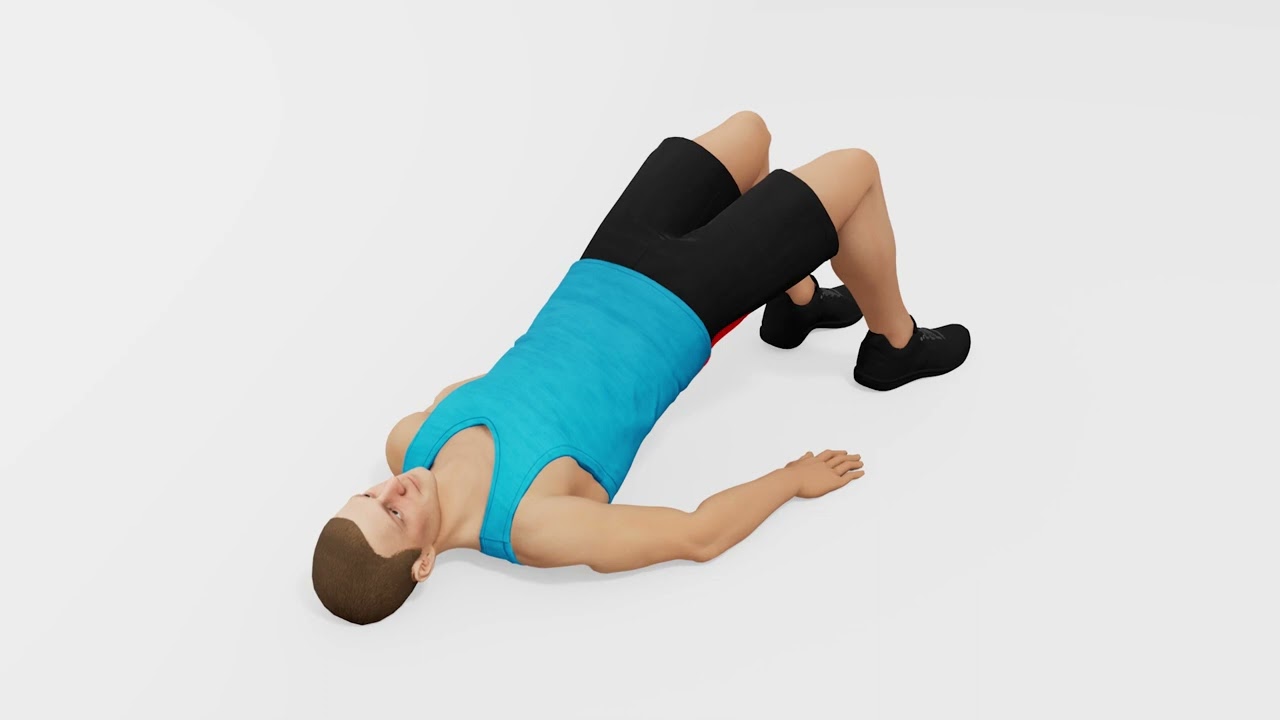
Stretches for Sciatica Pain_A Daily Routine
When you experience the nagging pain and discomfort associated with sciatica, the idea of physical activity might seem counterintuitive. However, specific stretches and movements can often help relieve the pressure on your sciatic nerve and offer significant relief. This comprehensive guide explores various stretches for sciatica pain that you can incorporate into your daily routine.
Understanding Sciatica
Sciatica is a condition that stems from issues in your lower back impacting the sciatic nerve. This large nerve extends from the lower back down through the hips, buttocks, and each leg. When something compresses or irritates this nerve—such as a herniated disc, spinal stenosis, or a bone spur—it can cause a variety of symptoms, including pain, numbness, and weakness in the affected leg.
The Role of Stretching in Sciatica Relief
Stretching plays a critical role in managing sciatica pain. Regular stretching can help to increase flexibility, improve range of motion, and reduce inflammation and stiffness that can contribute to sciatica pain. By regularly performing targeted stretches, you can alleviate pressure on the sciatic nerve, reduce muscle tension, and improve overall mobility.
A Daily Routine for Relief
Creating a daily stretching routine can make a significant difference in managing your sciatica symptoms. Below are various stretches that you can incorporate into your routine.
Reclining Pigeon Pose
The pigeon pose is a common yoga stretch that works the hips. For people with sciatica, the reclining version is often a good starting point. This stretch can help to open up your hips and alleviate sciatica pain.
Sitting Pigeon Pose
Once you’re comfortable with the reclining pigeon pose, you can move on to the sitting pigeon pose. This stretch goes a bit deeper into the hips, helping to stretch the small rotator muscles that can be hard to reach.
Knee to Opposite Shoulder
This simple stretch can help to loosen your gluteal and piriformis muscles, which can become inflamed and irritate the sciatic nerve. The knee to opposite shoulder stretch can be performed lying down, making it a good option for those with severe sciatica symptoms.
Seated Spinal Stretch
Sciatica pain can often be caused by a pinched nerve in the lumbar spine. The seated spinal stretch can help to create space in your spine, thereby relieving pressure on the sciatic nerve.
Standing Hamstring Stretch
Tight hamstrings can contribute to lower back pain and discomfort. The standing hamstring stretch can help to loosen these muscles and offer relief for sciatica symptoms.
Remember, while doing these stretches, move into each stretch gently and avoid any movements that cause pain. It’s better to do lighter, more frequent stretches than to push too hard and potentially aggravate your symptoms.
Additional Tips for Sciatica Relief
Beyond stretching, several other strategies can help you manage your sciatica symptoms. Here are some additional tips:
Maintain Proper Posture
Good posture can help to protect your spine and prevent issues that can lead to sciatica. Make sure to keep your back straight while standing and sitting, and lift heavy objects using your legs rather than your back.
Stay Active
Regular physical activity can help to keep your back strong and flexible. Aim to incorporate both strength-building activities and cardio exercises into your routine.
Apply Heat and Cold
Applying heat and cold to your lower back can help to alleviate sciatica symptoms. Cold can help to reduce inflammation, while heat can help to increase blood flow and promote healing.
Consider Over-the-Counter Pain Relievers
Non-prescription pain relievers such as ibuprofen can help to reduce inflammation and alleviate sciatica pain. However, these should be used sparingly and in consultation with a healthcare professional.
When to Seek Professional Help
While the above tips and stretches can help to alleviate sciatica symptoms, it’s crucial to consult with a healthcare professional if your symptoms persist or worsen. Physical therapists can provide you with personalized exercises and stretches based on your specific needs. In severe cases, other treatments such as corticosteroid injections or surgery may be necessary.
Conclusion
Living with sciatica can be challenging, but by incorporating a routine of specific stretches into your daily life, you can help manage your symptoms and improve your quality of life. Remember to listen to your body, move at your own pace, and seek professional help when needed. Sciatica pain need not control your life. With patience, consistency, and the right approach, you can take significant strides toward relief and recovery.







